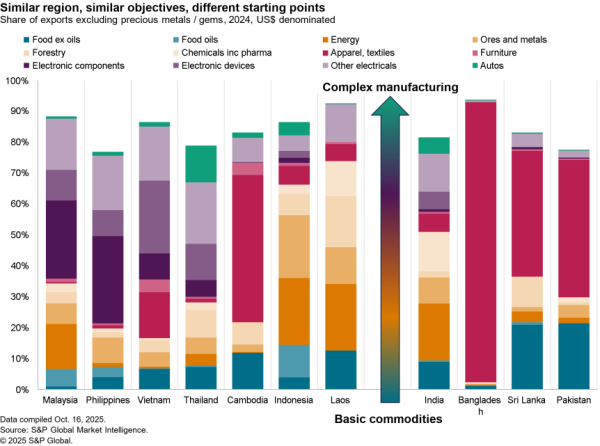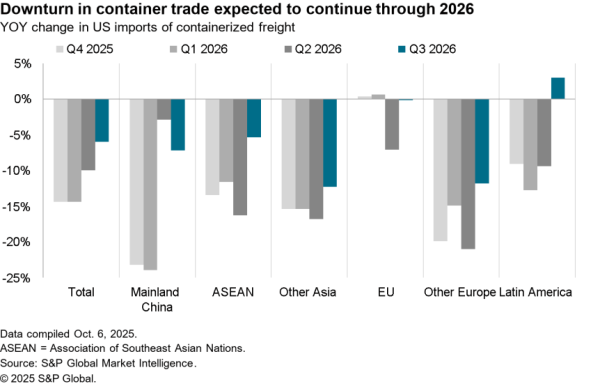Logistics provider C.H. Robinson reported an 11.6% drop in net revenues and a 17.0% slide in income from operations in Q2 due to reduced volumes linked to the COVID-19 pandemic. That was nonetheless better than analysts expected with revenue growth being 190 basis points better than expected while EBITDA was 48.3% better than forecasts, Panjiva’s analysis of S&P Global Market Intelligence data shows.
The decline in revenues was faster than the 8.7% rate seen by K+N, as flagged in Panjiva’s July 21 research, though C.H. Robinson was held back by its trucking business in the U.S. The sales of its global forwarding operations climbed 19.5% higher as a result of reduced volumes but higher pricing in the airfreight business. The increased pricing isn’t a surprise given the collapse in global airfreight capacity compared to volumes.
Panjiva’s analysis of IATA data shows global airfreight volumes having dropped by 20.3% year over year in June while capacity dropped by 34.1%. The latter is unlikely to recover rapidly, with IATA only expecting the passenger jet component to get back to pre-COVID-19 levels by 2024.

Source: Panjiva
C.H. Robinson’s ocean freight forwarding operations experienced a downturn in volume handling down by 8.5% year over year while average achieved rates improved slightly such that revenues only fell by 7.8%.
Management hasn’t provided formal earnings guidance, though CEO Bob Biesterfeld may have provided an implicitly upbeat outlook in setting prospects “As the freight market and economy continue to recover“.
The firm will also continue to balance “short- and long-term cost reduction efforts with continued investments in technology to maximize long-term value creation” with a recent example being the launch of its expedited less-than-container load service, as flagged in Panjiva research of July 8.
While two weeks of data aren’t representative of a full quarter, C.H. Robinson’s U.S. seaborne import handling shows little sign of improving in the first half of July compared to a year earlier with volumes having dropped by 8.0%, Panjiva data shows. That compared to a 4.7% dip in Q2 though June saw an 8.3% decline.
At the regional level in July there are two areas for concern. One is a 16.5% slump in shipments from China, though that’s part of a longer-term trend for the firm. That was partly offset by shipments from Asia ex-China which continued to outpace the average with a 7.6% increase.
Another is the European business, with U.S. imports from Europe having dropped by 3.1% in the first half of July compared to a 12.9% rise in June. That may simply reflect a normalization to market average levels though given the wider downturn in U.S. imports from Europe.

Source: Panjiva




